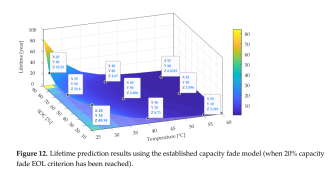Go2Guy
New Member
- Joined
- Feb 15, 2021
- Messages
- 40
I
I dont mind I just want the ability to add any points that are brought up to the main post, any it becomes difficult when its to much data, BUT with discussion comes great knowledge which i am grateful for, I just want a way to cliff note this data to add to the main post. .see PM, we have hijacked this too much already.
My apologies to the readers for the Hijack, was not intentional. Back to your Regular Programming.



